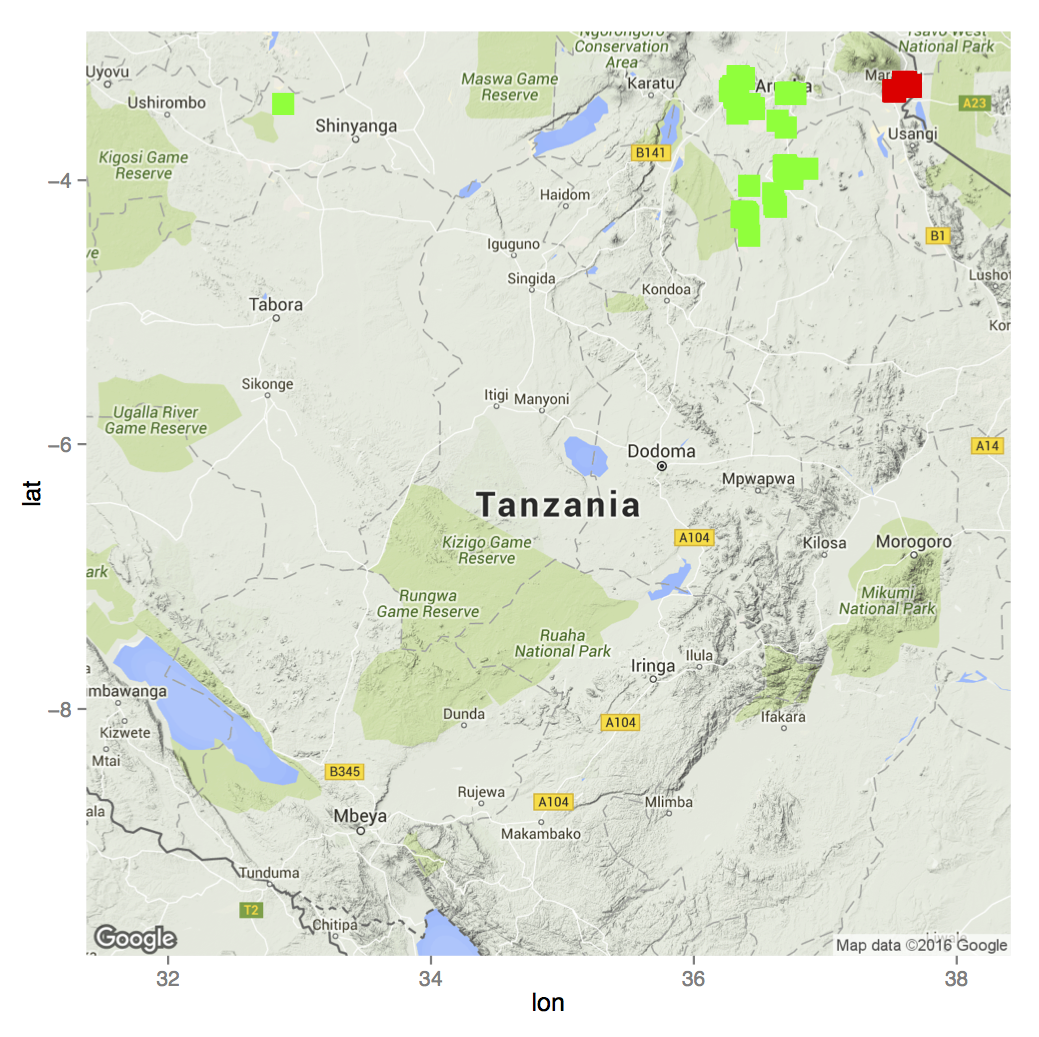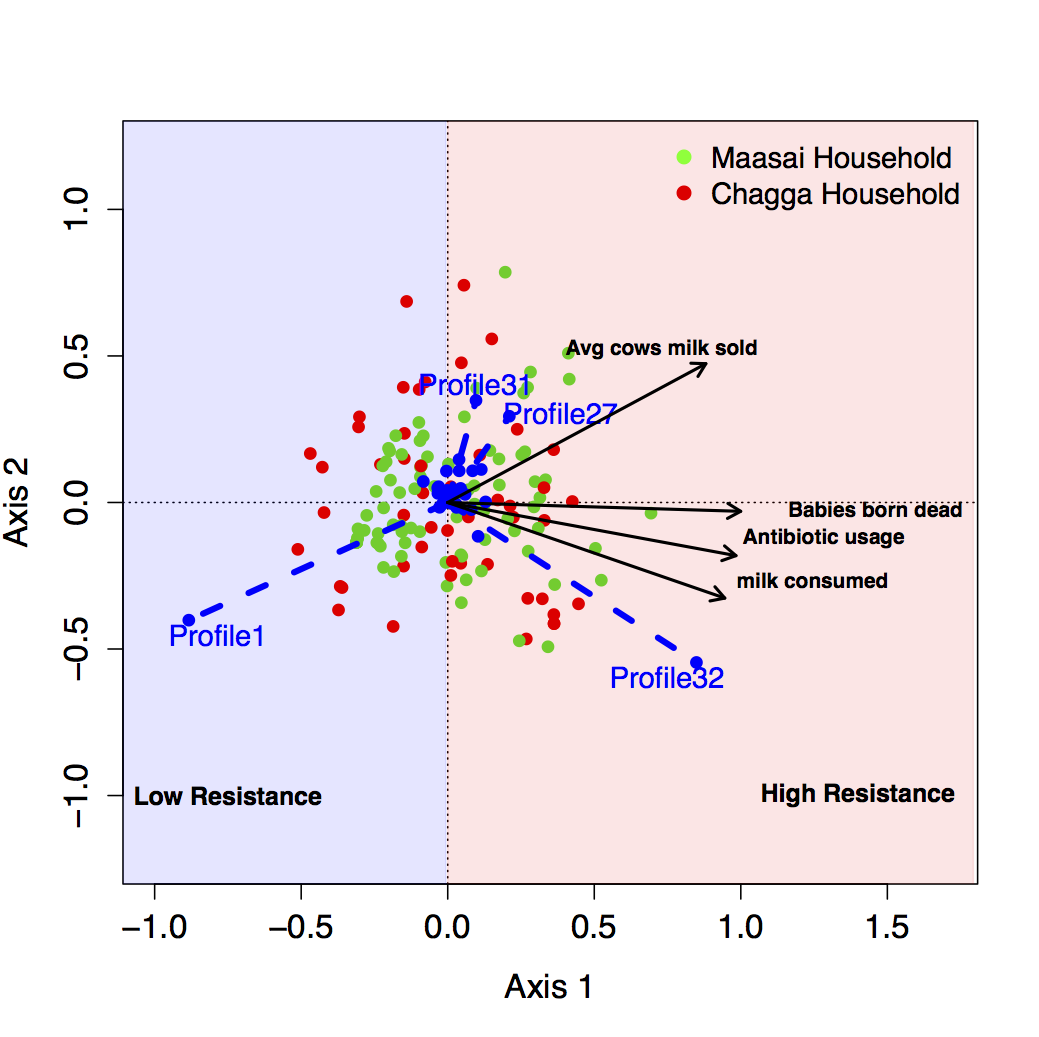Antimicrobial Resistance
Antibiotic resistance occurs when an antibiotic has lost its ability to effectively kill bacterial. This misuse of antibiotics over a prolonged period of time has lead to an increase in bacteria resistant to antibiotics resulting in medical treatment complications and increased healthcare costs.
What do we do?
This project aims to identify possible risk factors associated with antimicrobial resistance using faecal samples collected from two distinct ethnic groups in northern Tanzania: Maasai and Chagga. These two ethnic groups are distinct in their farming practices, antibiotic usage and levels of resistance to a range of antibiotics. In particular, we observe a high level of diversity in resistance prevelance both within and between ethnic groups. Using social-economic survey data collected from a number of Maasai and Chaga households, we use statistical modelling to dentify possible risk factors significant in driving and maintaining antimicrobial resistance.
 |
 |
Left: Maasai (green) and Chagga (red) household locations.
Right: Factors significantly correlated with profile distributions across households. Profiles further to the left of the plot indicate low resistance (shown in blue) and profiles further to the right indicate indicate high resistance (shown in red).
Contact: Colette Mair

